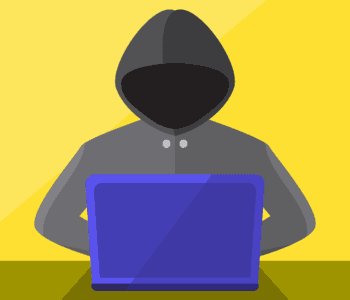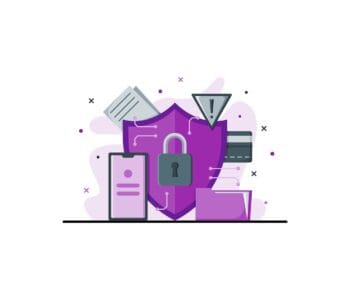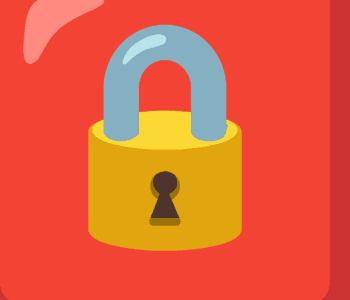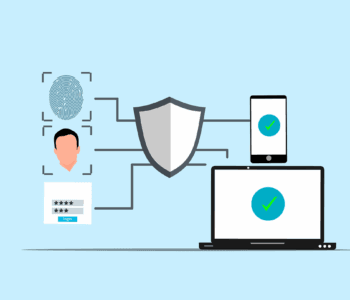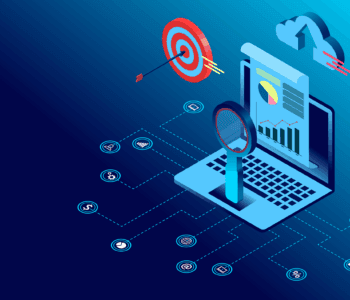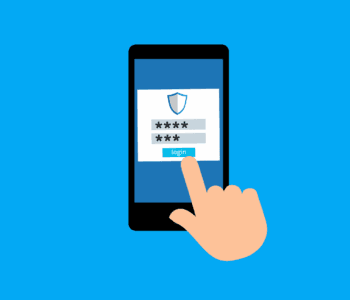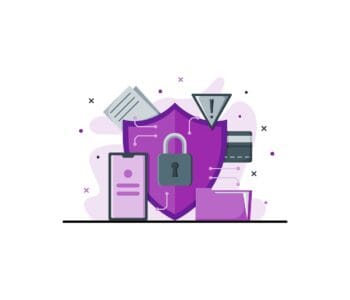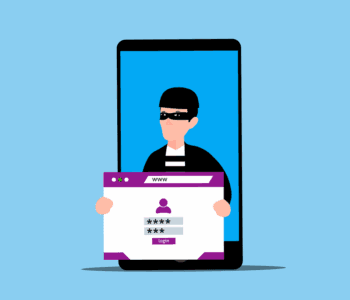 Cybersecurity
Cybersecurity
Cracking Down on Credential Theft: Advanced Protection for Your…
During an era of digital transformation, data and security are king. That is why, as cyber threats evolve in this age of digital transformation, businesses need to be prepared. Credential theft has become one of the most damaging cyber threats facing businesses today. Whether through well-crafted phishing scams or an all-out direct attack, cybercriminals are continually honing their skills and adapting their tactics to gain access to system credentials. They seek to compromise the very fabric of the corporate digital landscape and access sensitive corporate resources.
The stakes are incredibly high. According to Verizon’s 2025 Data Breach Investigations Report, over 70% of breaches involve stolen credentials. The implications for businesses of every size are crippling financial loss and reputational damage. The days of relying solely on passwords to secure systems and devices are long gone. With the new age of cyber threats lingering just beyond the gates, organizations have to take advanced measures to properly secure the authentication infrastructure. Only by doing this can they hope to mitigate the risk of credential-based attacks.
Understanding Credential Theft
Credential theft is not a single act, but rather a symphony that builds from the first note and rises in intensity and intent over the course of weeks or months. It typically begins with cyber attackers gaining access to usernames and passwords using a variety of methods:
- Phishing Emails: These can trick users into revealing their credentials via fake login pages or official-looking correspondence.
- Keylogging: This is a malware attack that records each keystroke to gain access to the login and password information.
- Credential Stuffing: This is the application of lists of leaked credentials from other data breaches to try to breach security measures.
- Man-in-the-middle (MitM) Attacks: These occur when attackers are able to intercept credentials on unsecured networks.
Traditional Authentication Limitations
Organizations have historically depended on username and password combinations to provide their primary means of authentication. This is not adequate any longer. There are several reasons why organizations need to up the ante on their authentication processes:
- Passwords are often reused across platforms.
- Users tend to choose weak, guessable passwords.
- Passwords can be easily phished or stolen.
Advanced Protection Strategies for Business Logins
To effectively combat credential theft, organizations should adopt a multi-layered approach that includes both preventive and detective controls. Below are several advanced methods for securing business logins:
Multi-Factor Authentication (MFA)
This is one of the simplest yet most effective methods to prevent credential theft. It requires users to provide two verification points. This typically includes a password, coupled with an additional piece of information sent to a secure device or email account that needs to be entered. It could also require a biometric measure for authentication, usually a fingerprint scan.
There are hardware-based authentication methods as well, including YubiKeys or app-based tokens like those required by Google Authenticator or Duo. These are highly resistant to phishing attempts and recommended for high-value accounts.
Passwordless Authentication
In a move to further secure systems, some of the emerging frameworks have completely abandoned the username and password authentication method entirely. Instead, they employ the following:
- Biometrics employ fingerprint or facial recognition for authentication purposes.
- Single Sign-On (SSO) is used with enterprise identity providers.
- Push notifications employ mobile apps that approve or deny login attempts.
Privileged Access Management (PAM)
High-level accounts like those held by executives or administrators are also targeted by attackers because of the level of their access to valuable corporate information. PAM solutions offer secure monitoring and the enforcement of ‘just-in-time’ access and credential vaulting. This helps minimize the attack surface by offering stricter control for those who access critical systems.
Behavioral Analytics and Anomaly Detection
Many modern authentication systems employ artificial intelligence-driven methods to detect unusual behavior surrounding authentication attempts. Some of the anomalies these methods look for include:
- Logins from unfamiliar devices or locations
- Access attempts at unusual times
- Multiple failed login attempts
Organizations that provide continuous monitoring of login patterns can proactively prevent damage before it occurs.
Zero Trust Architecture
This architecture adopts the simple principle of “never trust, always verify.” This basis is the opposite of most traditional methodologies. Instead of trusting users inside the network, Zero Trust authenticates and authorizes on a continuous basis. Every request made by a given user is determined by contextual signals such as device location and identity.
The Role of Employee Training
While digital methods to secure digital landscapes are vital, they can all be undone by simple human intervention. In fact, human error is the leading cause of data breaches. To curb this trend, organizations should train personnel to be diligent in their system use. They should be aware of:
- Recognize phishing attempts
- Use password managers
- Avoid credential reuse
- Understand the importance of MFA
An informed workforce is a critical line of defense against credential theft.
Credential Theft Will Happen
Attackers are becoming increasingly sophisticated in their attempts to compromise system credentials. Today, credential theft is no longer a matter of if, it’s a matter of when. Organizations can no longer rely on outdated defenses; stronger protection is essential. By implementing multi-factor authentication, adopting Zero Trust policies, and prioritizing proactive security strategies, businesses can stay ahead of emerging threats. Contact us today for the resources, tools, and expert guidance you need to build stronger defenses and keep your business secure.
This Article has been Republished with Permission from The Technology Press.
